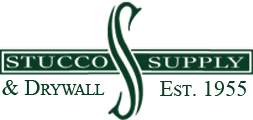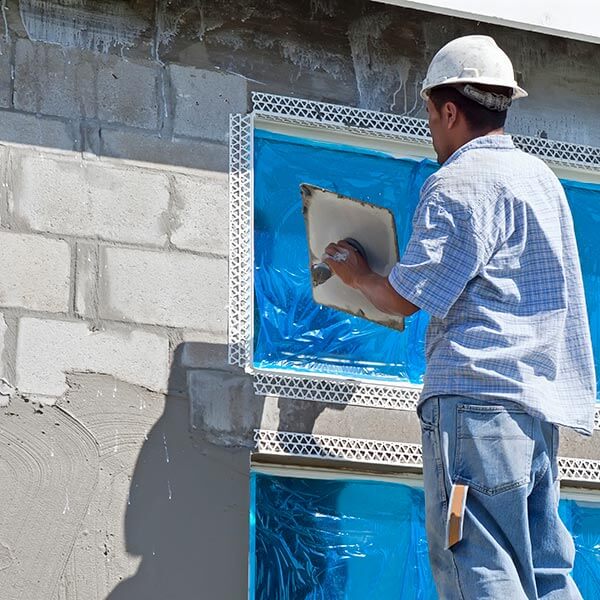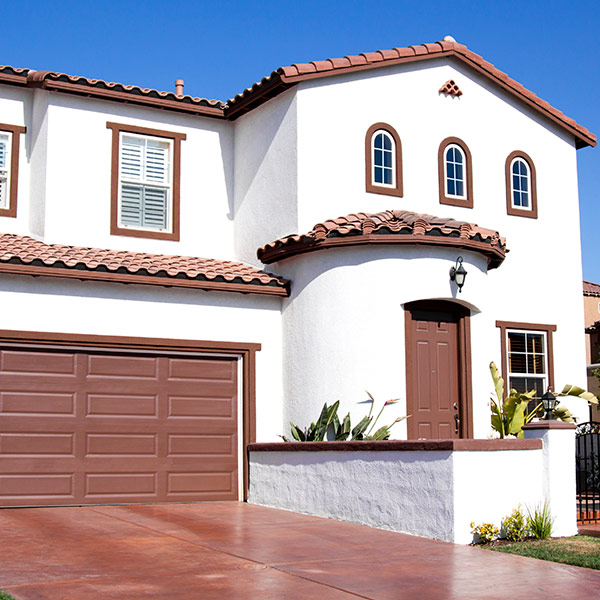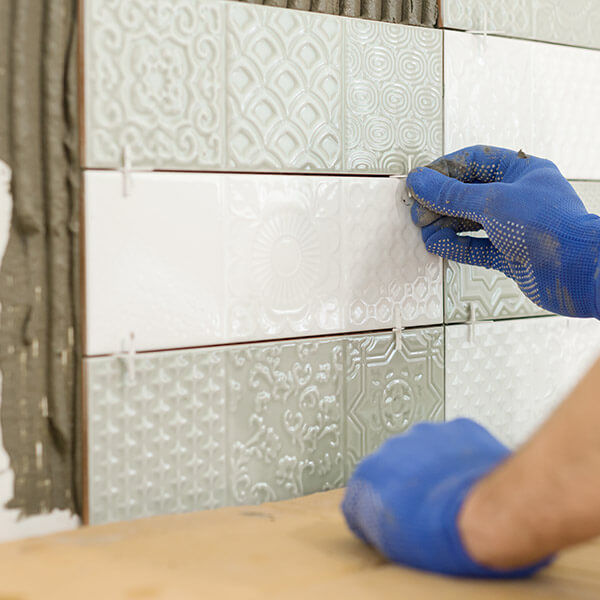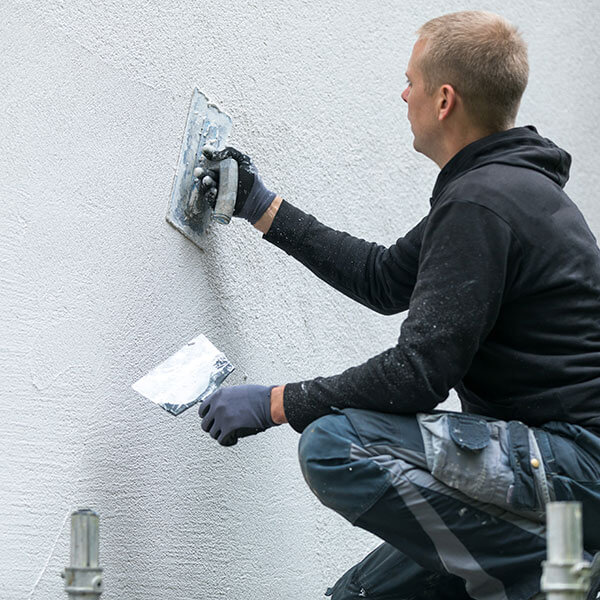Tile
Tile Mud-Set Offers the Highest Quality and Flexibility
There are many advantages to using mud-set mortar bed applications over cement board panels. The best advantage is that the mortar bed can be used to adjust uneven walls and sub-floors. Mud beds also inherently create an ideal surface for tile adhesion. Depending on the thickness of your mortar bed, it allows the floors to be sloped to allow better drainage. Another great benefit of mud-set mortar beds is they can conceal items such as in-floor/radiant heating mats for warm tile floors.
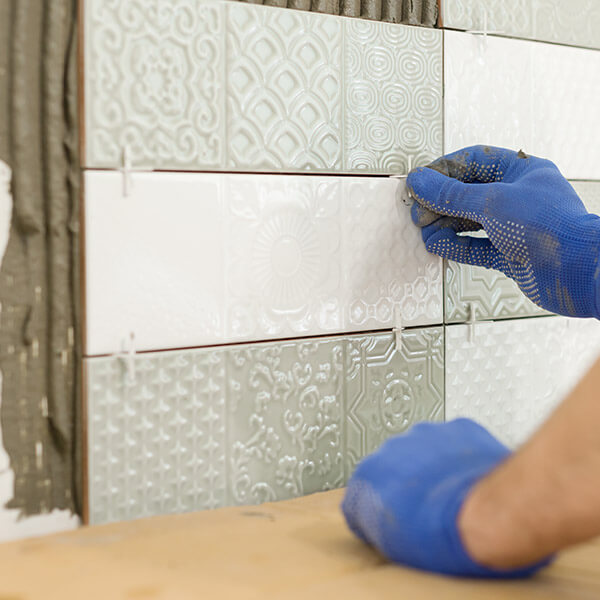
Superior Stucco Fat Mud
For Superior Stucco fat mud wall tile installations, metal lath can be installed over the wall surface. The metal lath allows the mortar bed to adhere to the wall surface. Your walls can be moisture-resistant drywall, concrete, stud framing, or other types with this process. Your contractor will use waterproof paper prior to installing the lath wire to protect it from water intrusion. Your tile-setter can float the walls and make the necessary corrections to assure a very clean, plumb, and level substrate, unlike cement board applications.
Deck Mud Applications
A Superior Stucco deck mud-set tile project consists of finished tiles set over a 1” to 2″ thick Portland cement mortar bed. The mortar bed typically sits over the sub-floor or countertop substrate and provides a substantial and uniform base for the tile installation. In a floating mortar bed system, a cleavage membrane is installed over the sub-floor. The cleavage membrane allows the tile system to move separately from the sub-floor. An advantage specific to Superior Stucco deck mud installations with a cleavage membrane is that cracks or defects in the sub-floor are not transferred to the mortar bed or finish tile layer. The mortar bed can also be laid directly over the sub-floor, concrete, or wood to create a bonded mortar bed installation.
